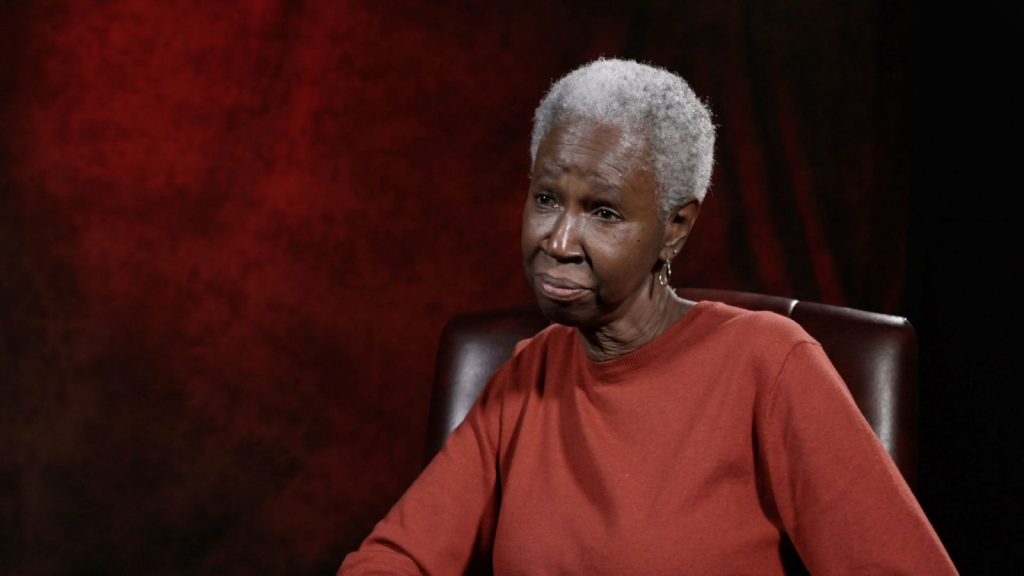A century ago, a mob destroyed the town of Rosewood in Levy County, Florida — racial violence that ended with at least eight people dead and erased what had been a thriving community.
A Florida State University historian who helped document the massacre for the Florida Legislature is available to speak to media about her work and the history of Rosewood.

“They lost a lot,” said Maxine Jones, a professor in FSU’s Department of History, “Lives were lost, but also they lost land and they lost a legacy that would have been passed down from one generation to another.”
Now, 100 years later, descendants of the people who went through the attacks will gather for a commemoration of the lives lost and family legacies forever changed.
Jones’ work helped to salvage some of that legacy. She was a member of a research team that wrote a report on Rosewood for the Florida Legislature in 1993. She worked with historians from Florida A&M University and the University of Florida to document the events of the massacre in response to a legal claim made by victims and their descendants against the state.
The events began on January 1, 1923, after a white woman claimed she had been beaten and assaulted by a Black man. A group of men gathered to hunt for the alleged perpetrator. Violence ensued as the group grew and searched for their target over the course of a week. At one point, the group besieged the house of Sylvester and Sarah Carrier, who had given refuge to more than a dozen people. Black residents fled to avoid the mob, in some cases hiding in nearby swamps or with sympathetic white merchants.
Jones and her co-authors documented the deaths of six Black residents of Rosewood and two white attackers. Some people who lived in the town claimed more were killed, although researchers have not found evidence to corroborate other deaths.
For years, Jones said, victims stayed silent. Although the survivors had left Rosewood, they still lived in fear. It would be six decades before they began to publicize their story, which eventually led to the work from Jones and colleagues, an acknowledgement from the state that it had failed to protect its citizens, payments to survivors and the establishment of a scholarship.
“At the time, I don’t think we really understood the value of the work that we were doing, but the work we did actually changed people’s lives,” Jones said. “It stayed in history for a very, very long time. I think what we did encouraged other people to tell their stories.”
Email mjones@fsu.edu to arrange an interview with Jones about the violence in Rosewood or African American history.




